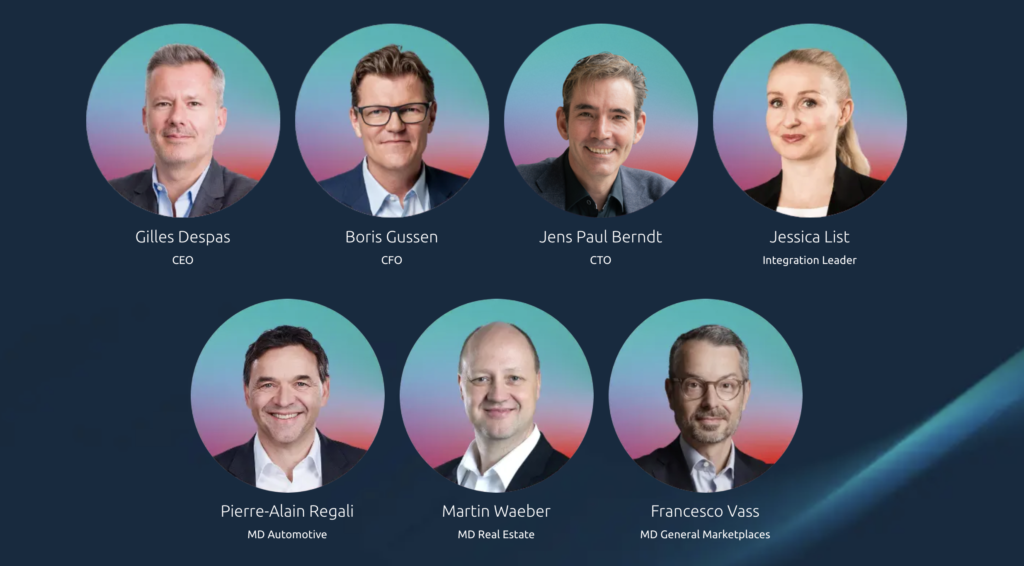Die Angebotsmieten für Mietwohnungen in der Schweiz haben auch im April weiter zugelegt. Gegenüber dem Vormonat sind sie zu Beginn des zweiten Quartals schweizweit um 0.9 Prozent gestiegen, im Vergleich zum Vorjahr betrug die Zunahme derweil 6 Prozent. Aufgeteilt nach Kantonen und ausgewählten Städten lässt sich überall derselbe Aufwärtstrend erkennen mit Ausnahme des Kantons Nidwalden und der Stadt Lugano. Dies zeigen die aktuellen Zahlen vom Homegate-Mietindex.
Der Homegate-Mietindex für Angebotsmieten wird vom Immobilienmarktplatz Homegate in Zusammenarbeit mit der Zürcher Kantonalbank (ZKB) erhoben. Er misst die monatliche, qualitätsbereinigte Veränderung der Mietpreise für neue und wieder zu vermietende Wohnungen anhand der aktuellen Marktangebote. Gegenüber dem Vormonat hat sich der Index im April um 1.1 Punkte erhöht und steht nun bei 127.9 Punkten (plus 0.9 Prozent). Gegenüber dem Vorjahr sind die Angebotsmieten schweizweit um 6 Prozent gestiegen.
Veränderung in den Kantonen
Bei den Kantonen zeigen sich für April bis auf eine Ausnahme ausschliesslich steigende Angebotsmieten. So verzeichnen insbesondere die Kantone Glarus, Uri und Basel-Stadt (je plus 1.9 Prozent) die umfangreichsten Anstiege. Besagte Ausnahme bildet der Kanton Nidwalden, in dem die Angebotsmieten im April um 0.9 Prozent zurückgegangen sind. Dies lässt sich jedoch damit erklären, dass der zentralschweizer Kanton in Bezug auf die Angebotsmieten noch im März einen deutlichen Sprung von plus 2.5 Prozent verzeichnete, womit der Wert für April verglichen mit Februar nach wie vor einen Anstieg von 1.6 Prozent aufweist. Mit Blick auf die vergangenen zwölf Monate liegen derweil alle Kantone bei einem teilweise deutlichen Plus bei den Angebotsmieten von bis zu 12.8 Prozent im Kanton Schaffhausen. Und auch in Nidwalden sind die Angebotsmieten im Vergleich zu April 2023 um 6.3 Prozent gestiegen.
Veränderung in den Städten
Ein ähnliches Bild wie bei den Kantonen zeigt sich auch bei den untersuchten acht Städten. Mit einer Ausnahme sind die Angebotsmieten in allen untersuchten Städten im April gestiegen, allen voran in Basel und St. Gallen (je plus 1.7 Prozent). Gesunken sind die Angebotsmieten hingegen um 0.9 Prozent in Lugano. Allerdings zeigen sich hier Parallelen zu der beschriebenen Entwicklung im Kanton Nidwalden, da auch die Stadt Lugano im April primär eine merkliche Zunahme im März (plus 1.3 Prozent) zu kompensieren scheint und beim Vergleich von Februar auf April auch für Lugano ein Plus resultiert. Verglichen mit dem Vorjahr haben die Angebotsmieten in allen acht Städten um mindestens 5 Prozent sowie insbesondere in Zürich (plus 10.7 Prozent) zugelegt.
Methode der Qualitätsbereinigung
Die Entwicklung der Angebotsmieten in der Schweiz wird um die unterschiedliche Qualität, Lage und Grösse der Wohnungen bereinigt. Der Vorteil dieser sogenannten hedonischen Methode liegt darin, dass die wirkliche Mietpreisentwicklung für neue und wieder zu vermietende Wohnungen auf Homegate abgebildet wird. Der Homegate-Mietindex ist der älteste qualitätsbereinigte Mietpreisindex der Schweiz und gilt als Referenzquelle für Immobilienprofis für die Preisbestimmung von Mietobjekten.
Die Daten für alle Kantone und Städte seit Erhebungsbeginn finden Sie in der neuesten Meldung im News-Bereich der SMG Swiss Marketplace Group. Der nächste Homegate-Mietindex erscheint voraussichtlich am 17. Juni 2024.

Fabian Korn
Communications Manager

